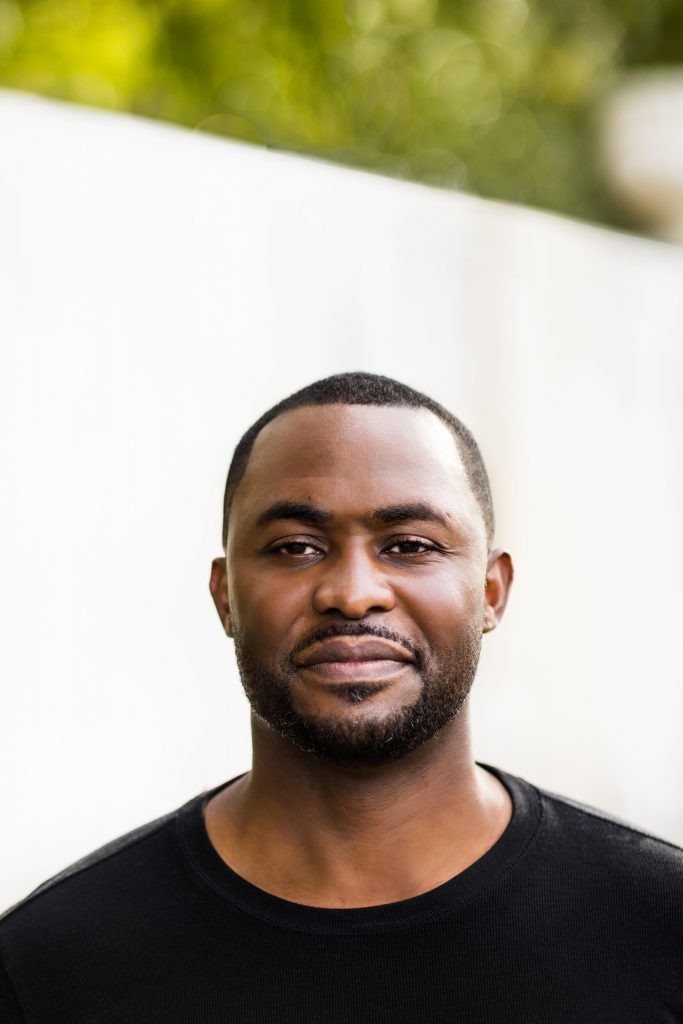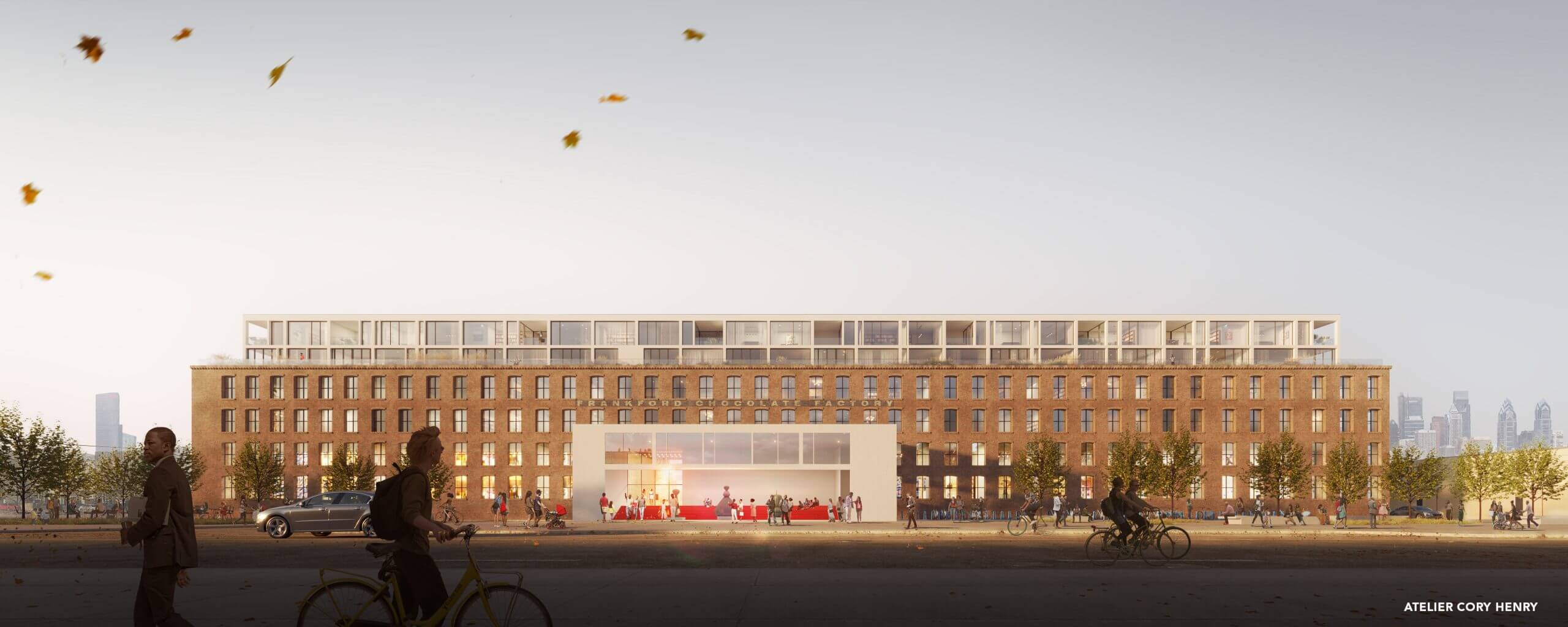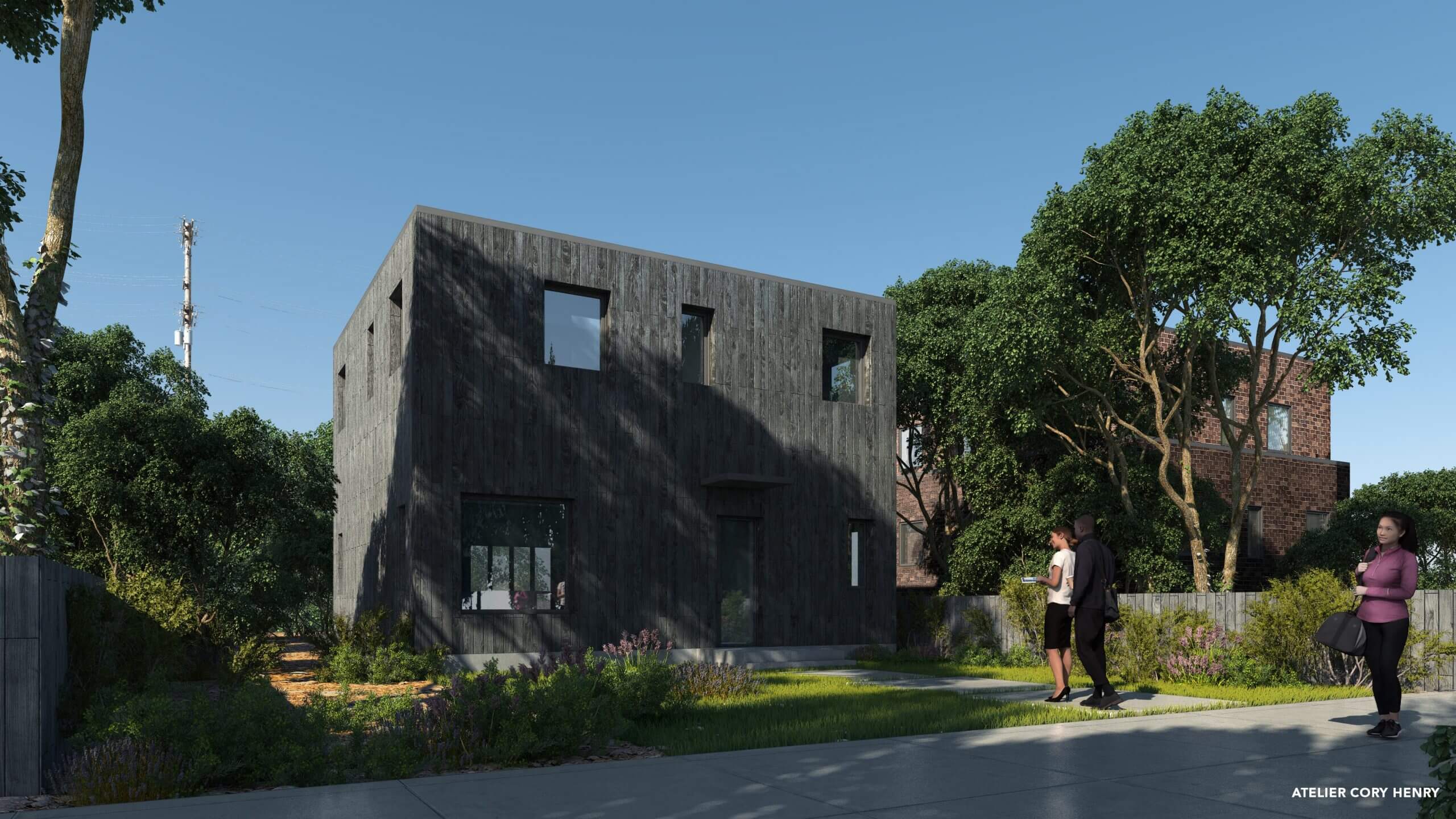Cory Henry’s Narrative Architecture

As an educator and practitioner, Cory Henry knows the architectural discipline is burdened with social responsibility. In coupling his early humanistic leanings with intensive academic research, Henry’s Atelier has come to be known for its contextually sensitive yet artistic solutions to modern design problems. The versatility of Henry’s vision can be seen in his projects, which span from residential designs to urban planning projects.
Having grown up in the Bronx with Jamaican immigrant parents, Cory Henry discovered his artistic talents early on in Manhattan’s thriving cultural scene. Architecture revealed itself as his chosen creative medium later on. Henry received a B.Arch from Drexel University and a Masters Degree of Architecture and Urbanism from Cornell University. Henry worked at several critically acclaimed firms prior to launching his own namesake Atelier. Outside of his practice, Henry has taught at Syracuse University, The University of Pennsylvania Graduate School of Design, The University of Southern California, Penn State University, and is affiliate faculty at The University of Oklahoma.
In an exclusive for FRONTRUNNER, Cory Henry discusses inspiration, academic obstacles, plus how context and culture informs a bigger design narrative.

How did you find your passion for architecture?
My mother was very supportive of any interest that I had, one being art. Since age 7 she devoted the time and resources to have me in different art classes throughout New York City. These were outside of my neighborhood in The Bronx, and whenever we went I would observe, and analyze, people’s behaviors and interactions in different spaces, as well as, the built environment and how it reflected or impacted certain socioeconomic structures. I could not articulate it at the time, nonetheless it was something that I remember doing intently. During these early years an art professor mentioned architecture to my mother. She then went all in on Architectural Digest. I was enamored. However, I did not consider architecture as an option. By my late teens I was interested in film and wanted to be a director or cinematographer, window display designer, journalist, or comic artist. The act of storytelling was a passion. However, the medium to do so was not clear. It is interesting to see how things come back around. I started college studying computer programming, took an art course as an elective, and the professor suggested architecture. I made the switch. Very early on, narrative and humanistic approach to design was a part of my approach.
Where do you find inspiration for your projects?
Typically, my inspiration comes from things outside of “architecture.” I’m looking at other disciplines in the arts; and especially from the history, culture and context of the project and conversations with clients/partners.

What are the main things you consider in creating contextually sensitive design?
Every project has its unique qualities that I use to create from. It is through a research process that I begin to critically analyze the program, potentially the typology itself, constraints and opportunities etc. Through this I begin to understand the context of the project through the aforementioned, but also siting it in place, time, its history and potential cultural significance. All of this creates a contextual narrative that I am interested in, and that informs artistic sensibilities. In some ways the narrative may not immediately register with the users, and that is fine. I do want their experience in the spaces to be enjoyable and evoke emotion. I like the idea of someone peeling back layers of understanding about a project.
You also work in architectural academia – what are some pros and cons of being an educator at some of America’s most prestigious universities?
I typically get invited to teach at an institution as a Visiting Critic. Thus, I am able to situate each design studio in a different context, and critically engage a prompt potentially differently from the last. Critical thinking and exploration is important to me. I am interested in setting up a space of discourse and discovery in which students test their ideas out based on the information, prompt and guidance that I am giving. I have taught at a few places where students are excited to search out the right questions to ask rather than being told what to do. There are a few challenges in academia. One is getting students to remain confident, however remove ego. A common thread in my academic design studios is a social responsibility agenda. We have operated in Clarksdale, Mississippi which is one of the poorest cities in the country; Crenshaw, Los Angeles, which is experiencing intense gentrification and other pressures; will be in South Atlanta partnering with Project South; in Los Angeles looking at the effects of displacement of Japanese American post WWII; and potentially refugees in Iceland. These are not contexts in which misplaced ego works well.

In regards to your current projects: I saw you were working collaboratively on the On Olive housing redevelopment in St. Louis. Could you tell me more about this project?
On Olive is a unique, and exciting, development of single-family residences in St. Louis conceived by Emily Pulitzer, James Maloney and Steve Trampe. Emily Pulitzer is a philanthropist and founder of the Pulitzer Arts Foundation; James Maloney is also part of the Pulitzer Foundation; Steve Trampe is an accomplished developer. Together they have taken two vacant blocks in St. Louis’ Grand Center District and invited internationally renowned architects to design art-architecture contemporary homes. A design competition was held for a St. Louis Emerging Architect and a National Black Emerging Architect. I won the national award and am currently developing the project alongside Michael Maltzan, Constance Vale Studio, Tatiana Bilbao Estudio, Höweler + Yoon, MOS, Productora, and Macias Peredo.
What’s on the horizon for you and your practice?
The On Olive residence is moving toward the next phase of design. I am about to start the design of a multi-unit affordable housing project in Southern California, a bespoke single-family residence in Los Angeles, and leading the (re)design of the Clara Luper Freedom Center, in Oklahoma City, Oklahoma. A few years ago, I designed a school in South Sudan that was not constructed due to strife in the country. The client has acquired a new site and is looking to start construction later this year. I am interested in designing a pavilion or installation and was recently contacted about potentially doing that. Fingers crossed. Teaching-wise, I will be leading a design studio at Harvard and looking forward to that.









Responses